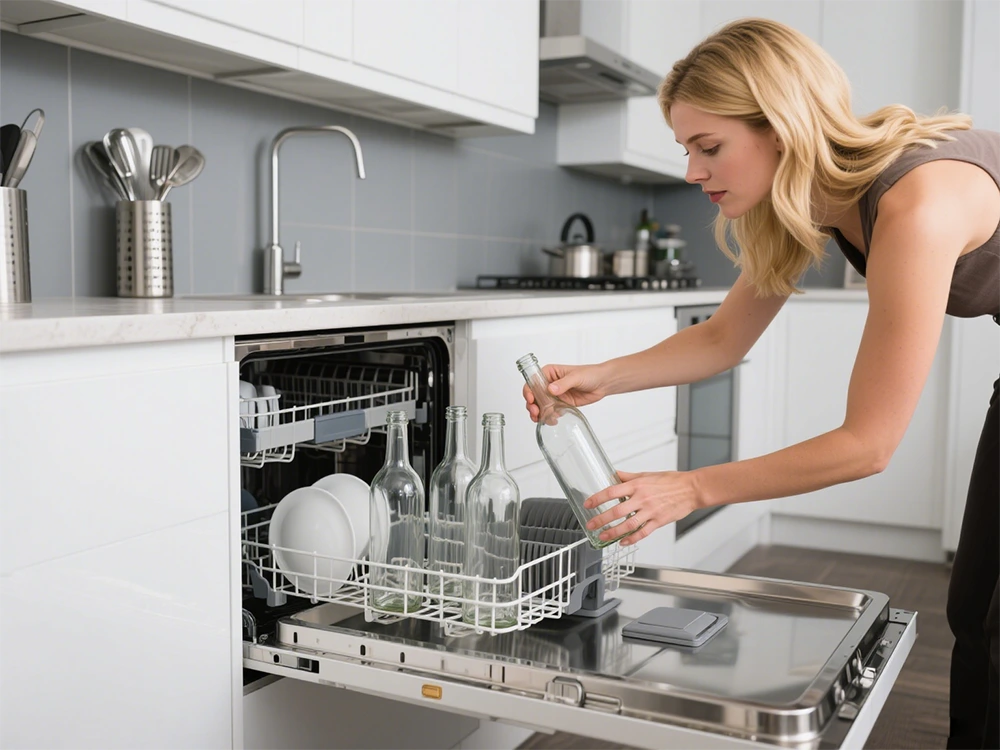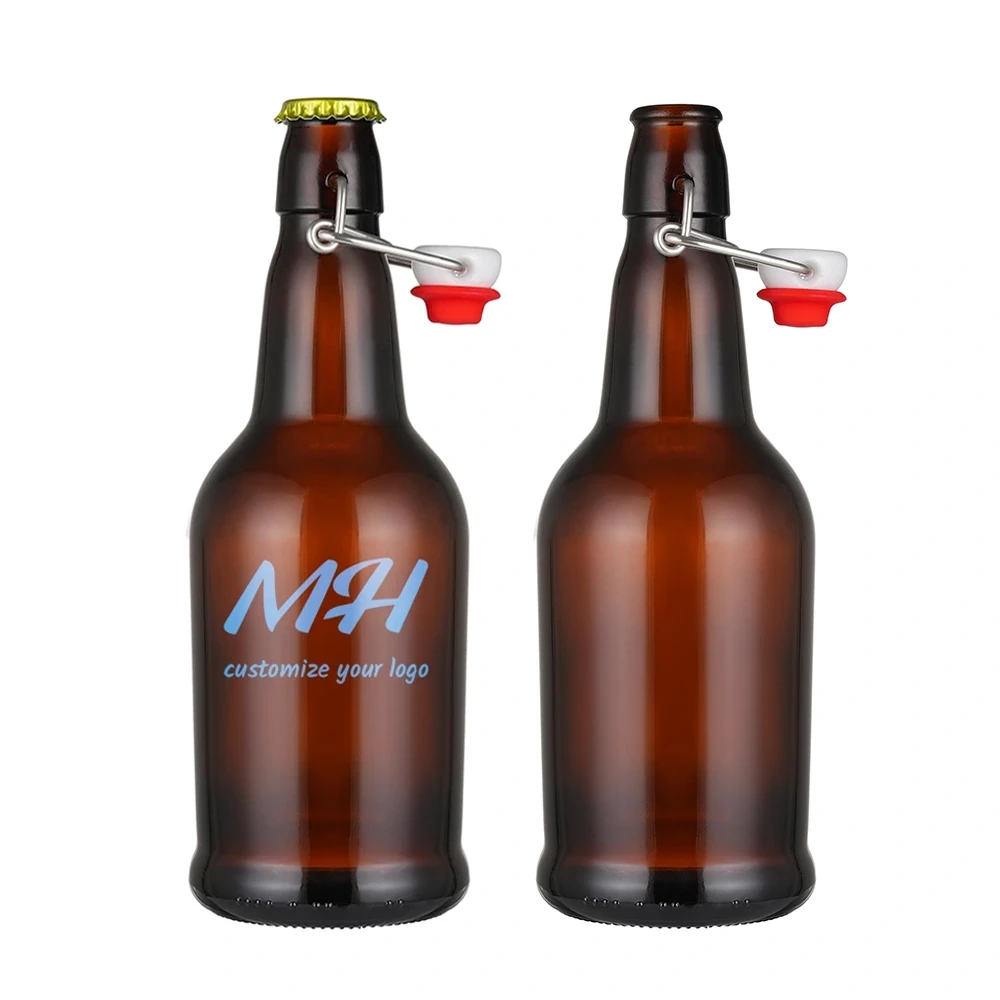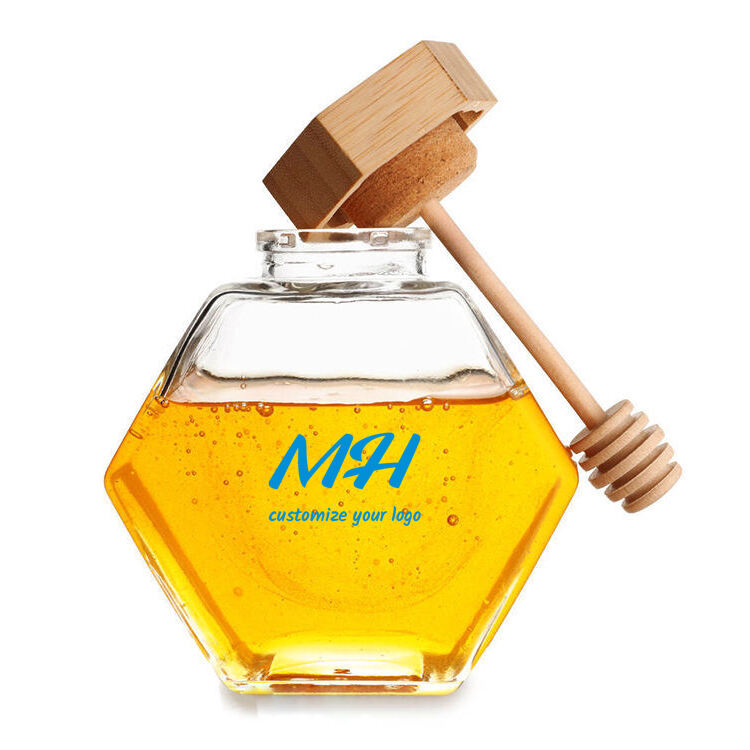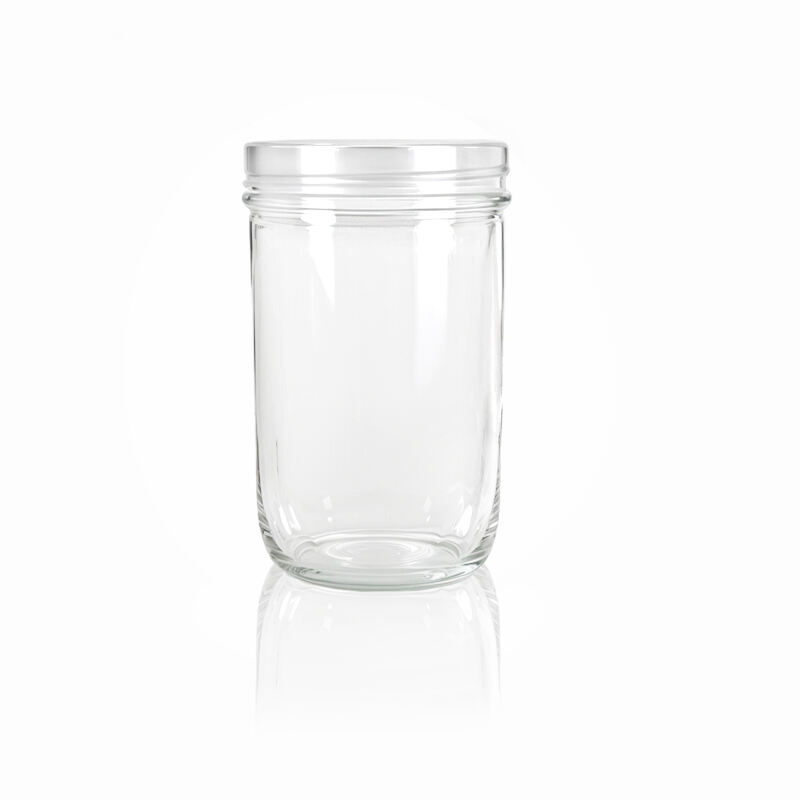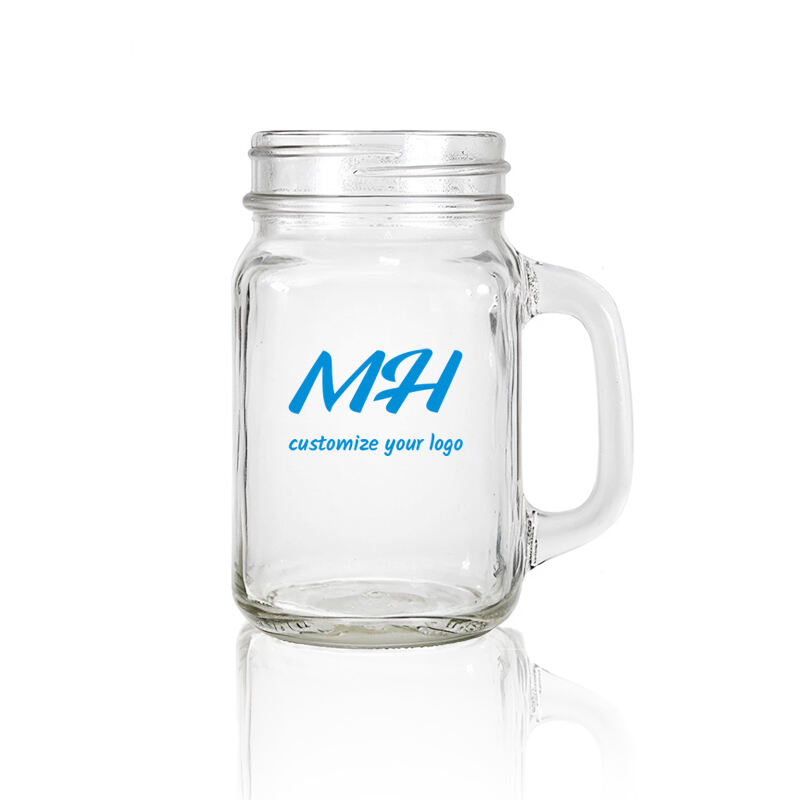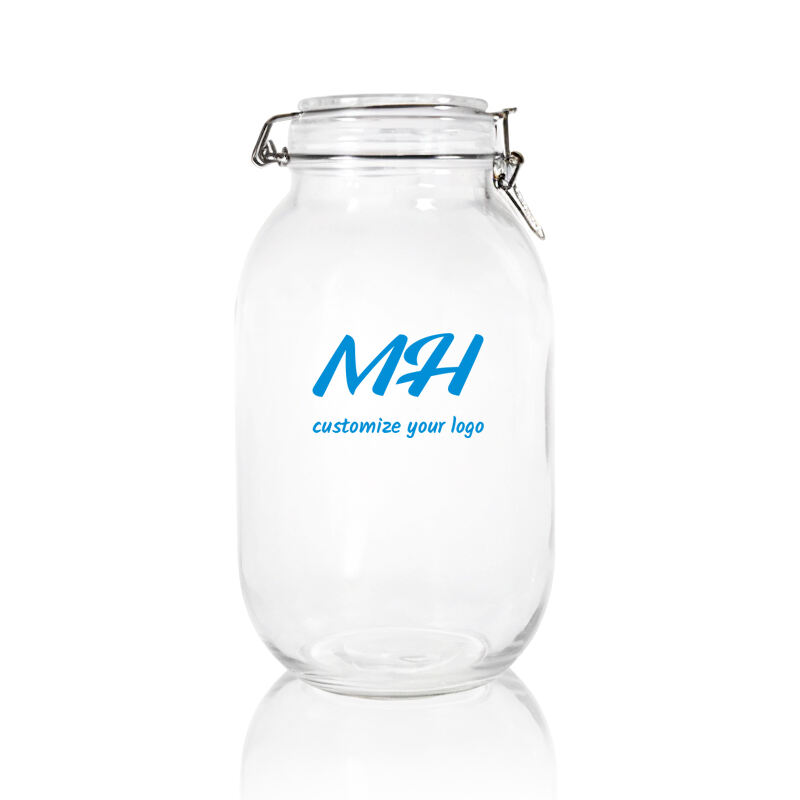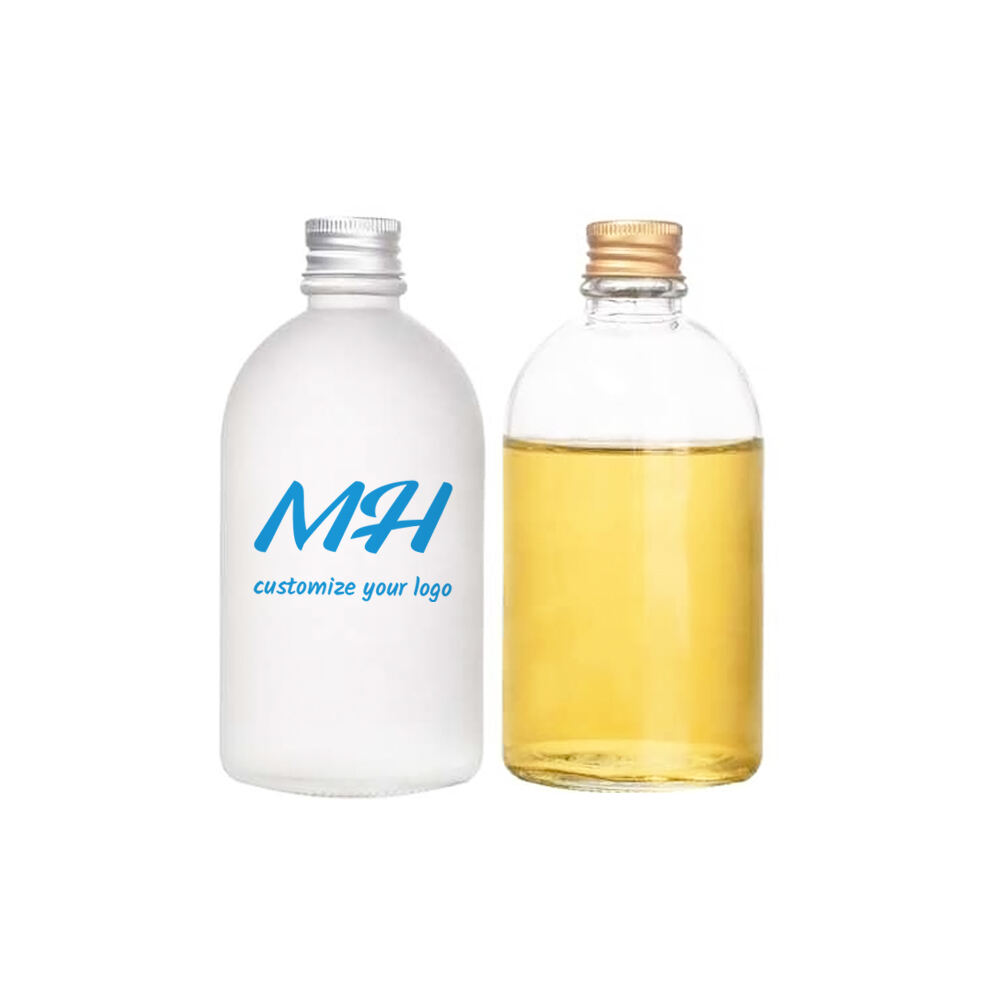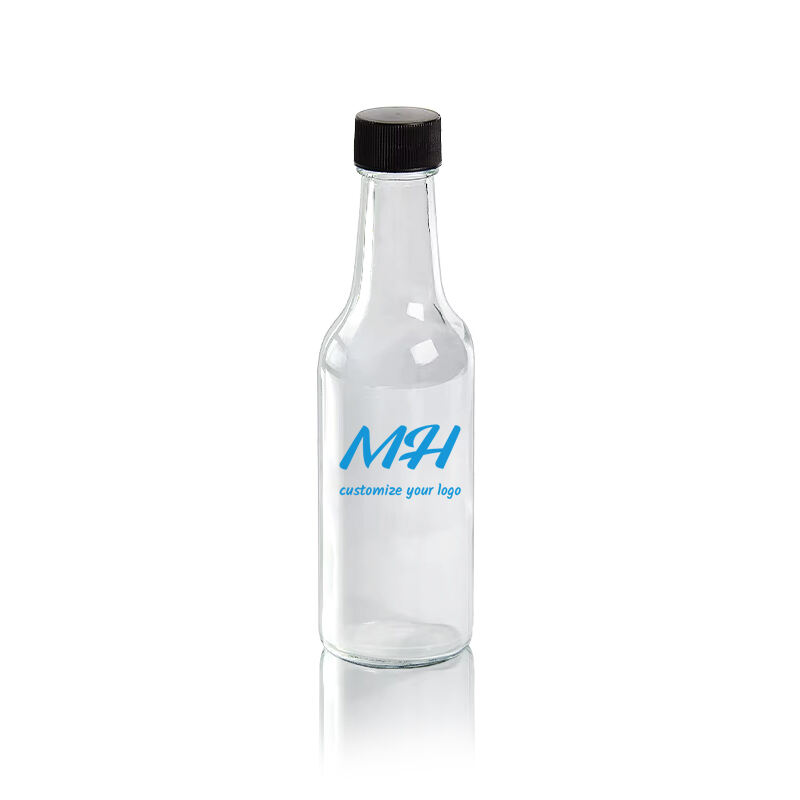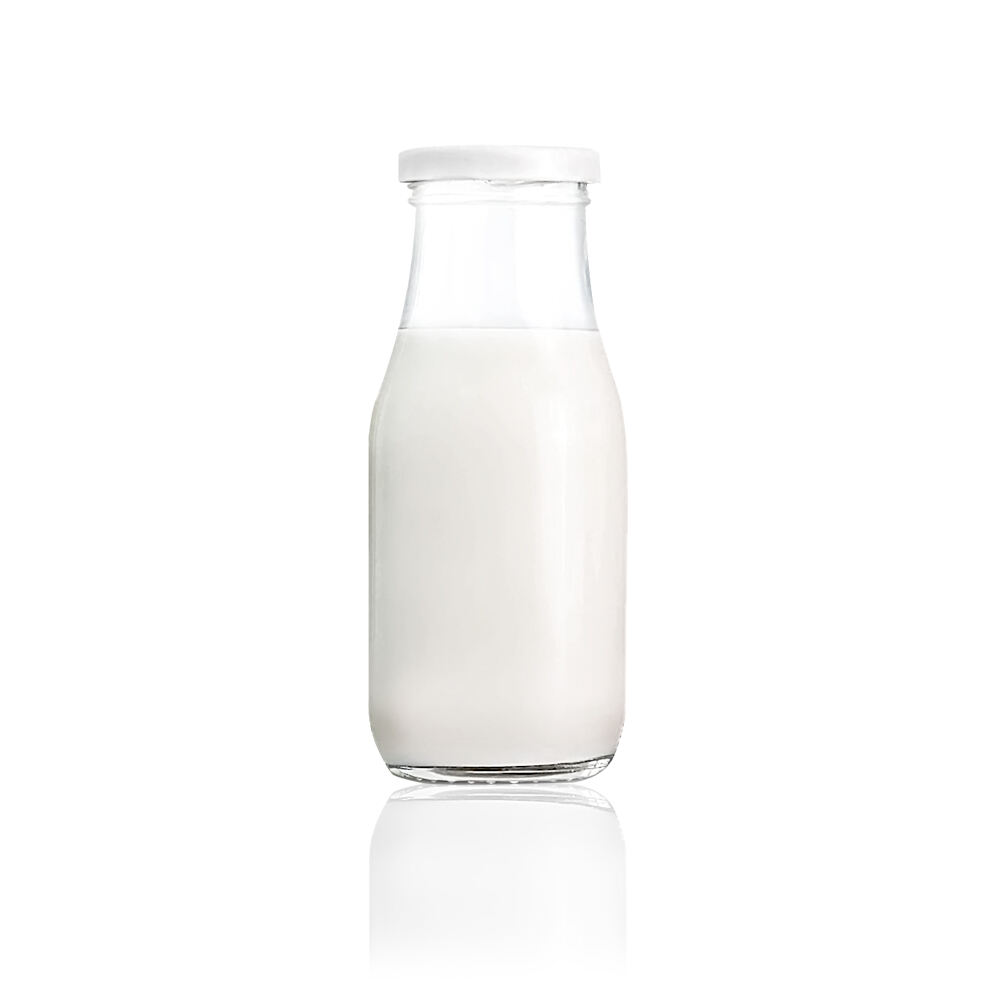Whether you have used glass bottles for drinks, medicines, perfumes or skin care products, it is crucial to clean them thoroughly - if you do not clean them thoroughly, it will not only affect the next use (such as the smell of drinks, the taste of skin care products), but may also hide safety hazards.
How to clean glass bottles specifically? This depends on the type of bottle, what it was previously filled with, how dirty the bottle is, and what it is used for after cleaning. Don't panic, we have compiled a super simple cleaning guide to teach you step by step, and it will be as bright as new after washing~
Know your bottle - the first step is crucial
Don't rush to clean it, first figure out what kind of bottle you are facing. What did it contain before? Is it oily or water-based? What are the corners on the bottle that are particularly difficult to clean? Are there any labels or glue marks on it? These will affect what method you use to clean it. For example, if the bottle has ever contained dangerous chemicals, you must be extra careful and it may take multiple steps to ensure safety.
Preliminary treatment - remove large pieces of dirt first
First, empty the bottle and rinse it with warm water to loosen the residue on the bottle wall. If there are stubborn stains, don't rush to scrub them hard. Add two drops of mild detergent and rub gently, while rubbing - just like giving the bottle a bubble bath, the dirt will be easier to remove~
Be careful after cleaning! Be sure to rinse in water until there is no foam or residue, otherwise the detergent will remain in the bottle, which may cause odor and discomfort when you put items in it next time. If it is ordinary recycling, rinsing like this is enough; but if it has been used to hold dangerous items (such as chemicals), it must be rinsed repeatedly many times, and safety and environmental protection cannot be sloppy~
Dealing with stubborn stains
If simple cleaning cannot remove those "stubborn" residues, then some hard-core methods must be used. You can try chemical methods, such as using alkaline solutions to remove oil and acidic solutions to remove scale; or some physical operations, such as high-pressure water gun washing and ultrasonic cleaning, all have good results. In fact, the most practical method is chemical immersion + mechanical washing, a two-pronged approach, and the cleaning power is directly exerted to the extreme.
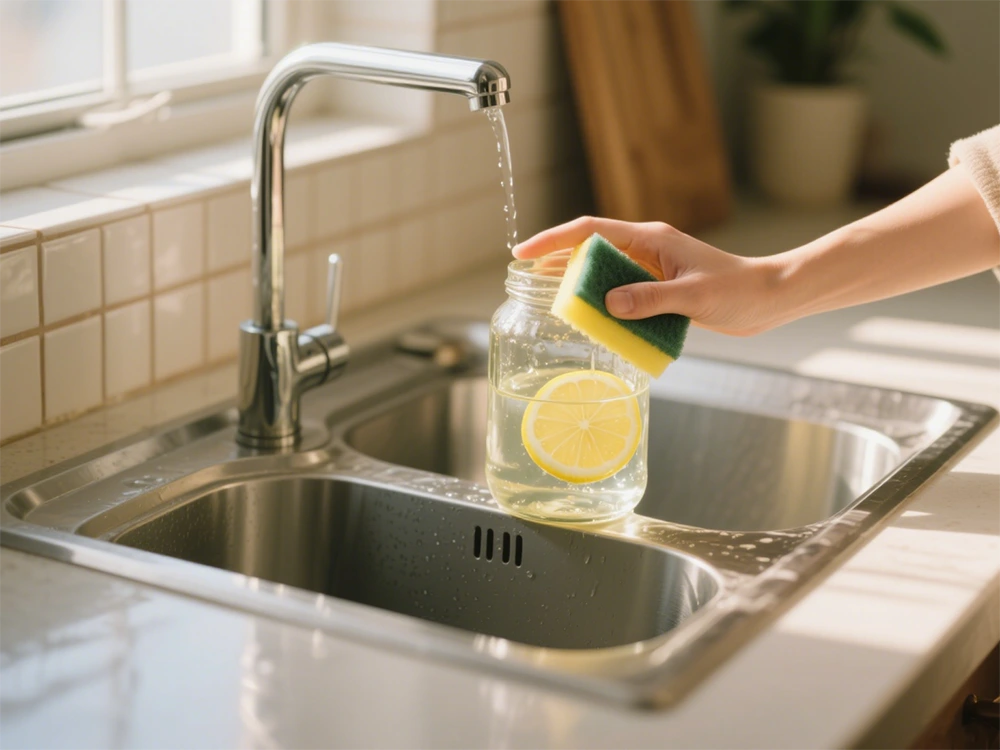
How to clean labels and glue marks?
Don't underestimate the label and the glue layer underneath, they may be the most difficult part to clean. There are several common practices in the industry:
- Mechanical stripping: tear off or scrape it directly.
- Solvent dissolution: soak it with alcohol, vinegar or special glue remover.
- Heat softening: soak it in hot water, or blow it with hot air, the glue will fall off more easily.
In actual operation, several methods are usually combined to completely remove it without leaving embarrassing traces.
How clean is qualified?
It depends on how you plan to deal with the cleaned bottles. If you plan to refill or recycle, just basic cleaning is enough; but if you are going to use it for medicines or sterile products, you must thoroughly disinfect or even sterilize it.
- Disinfection: Boil it with boiling water or spray disinfectant to reduce the number of bacteria.
- Sterilization: Use high-temperature baking, steam or chemical gas treatment to ensure that no bacteria are left.
No matter which method is used, be sure to dry it after cleaning to avoid secondary contamination, and check whether the bottle has cracks or damage.
How to deal with it after washing in large quantities?
If you are faced with piles of glass bottles, manual cleaning simply won’t work. At this time, you can only rely on automated equipment. Modern bottle washers are powerful and support multi-stage cleaning processes, including pre-rinsing, main washing, rinsing, drying, etc., which are efficient and save water and electricity.
But don’t forget to maintain these machines regularly. Only with proper maintenance can they continue to work efficiently and ensure stable and reliable cleaning quality.
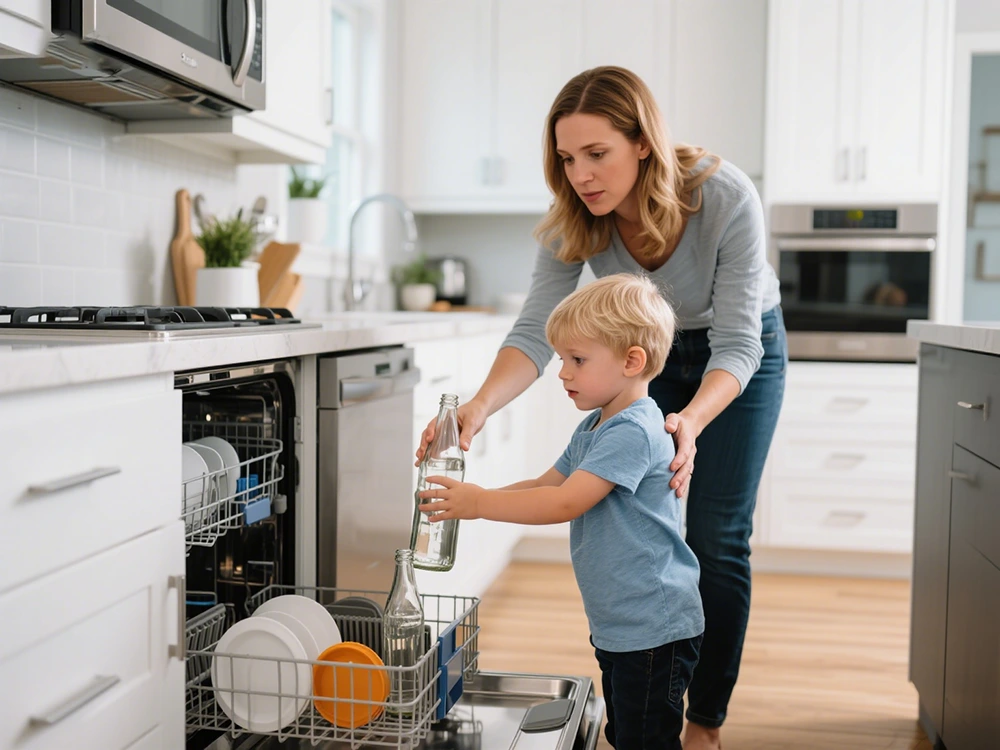
Drying and quality inspection
After washing, don’t forget the last step - drying. Drying is not waiting for it to dry naturally, but using a hot air blower or high-speed air knife to dry quickly to prevent water stains or bacteria from growing.
Next is quality inspection! We will check with the naked eye for residues or damage, and then use professional methods to conduct chemical and microbiological tests to ensure that each bottle is clean and safe. If it is mass production, automated inspection systems can help you complete this work quickly and efficiently with a low error rate.
Conclusion
Choosing the right cleaning, drying and quality inspection methods can safely and efficiently "recycle" glass bottles, whether you collect old bottles at home or process them in batches in a factory. This will not only save resources for the earth, but people will also feel more at ease when storing items - after all, a thoroughly cleaned bottle looks like a "clean new piece of clothing" no matter what it contains.
 EN
EN AR
AR BG
BG HR
HR CS
CS DA
DA NL
NL FI
FI FR
FR DE
DE EL
EL HI
HI IT
IT JA
JA KO
KO NO
NO PL
PL PT
PT RO
RO RU
RU ES
ES SV
SV TL
TL IW
IW ID
ID LV
LV LT
LT SR
SR SK
SK SL
SL UK
UK VI
VI HU
HU TH
TH TR
TR FA
FA GA
GA LA
LA MI
MI MN
MN
